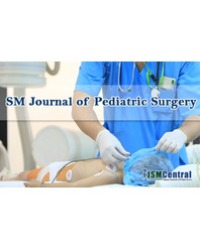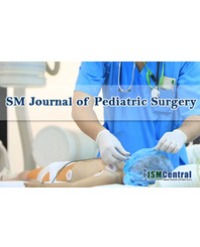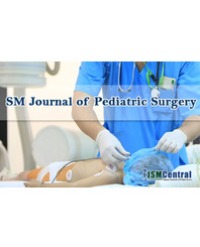
A Plea for Consistency in Orbital Cellulitis Terminology
Purpose: To urge and remind authors in appropriate use of terminology to describe and classify orbital cellulitis subtypes including eyelid edema, peri-orbital or pre-septal cellulitis.
Methods: Review of classical and recent peer-reviewed literature.
Results: Historical classification of various stages of orbital cellulitis traces as far back as to the initial Hubert publication on orbital infections. Countless follow-up articles present periorbital cellulitis as the first of the 5 non-progressive types of orbital infections. Presently the orbital cellulitis classification, however, is associated to Chandler’s name. The only discrepancy between Hubert’s and Chandler’s classifications was the nature of eyelid edema. It is inflammatory as described by Hubert whereas it has a vascular origin as described by Chandler. Labeling an eyelid edema as pre-septal cellulitis is conceptually imprecise.
Conclusion: Proper use of orbital cellulitis in correlation to clinical symptoms and signs in the literature is paramount. This will lead to uniformity and a better understanding amongst surgeons. Eyelid edema without any radiological sign of orbital inflammation should not be referred as preseptal cellulitis. Eyelid edema is sufficient enough.
Augusto Antonio V Cruz¹,² and Amir Pirouzian²,³*




